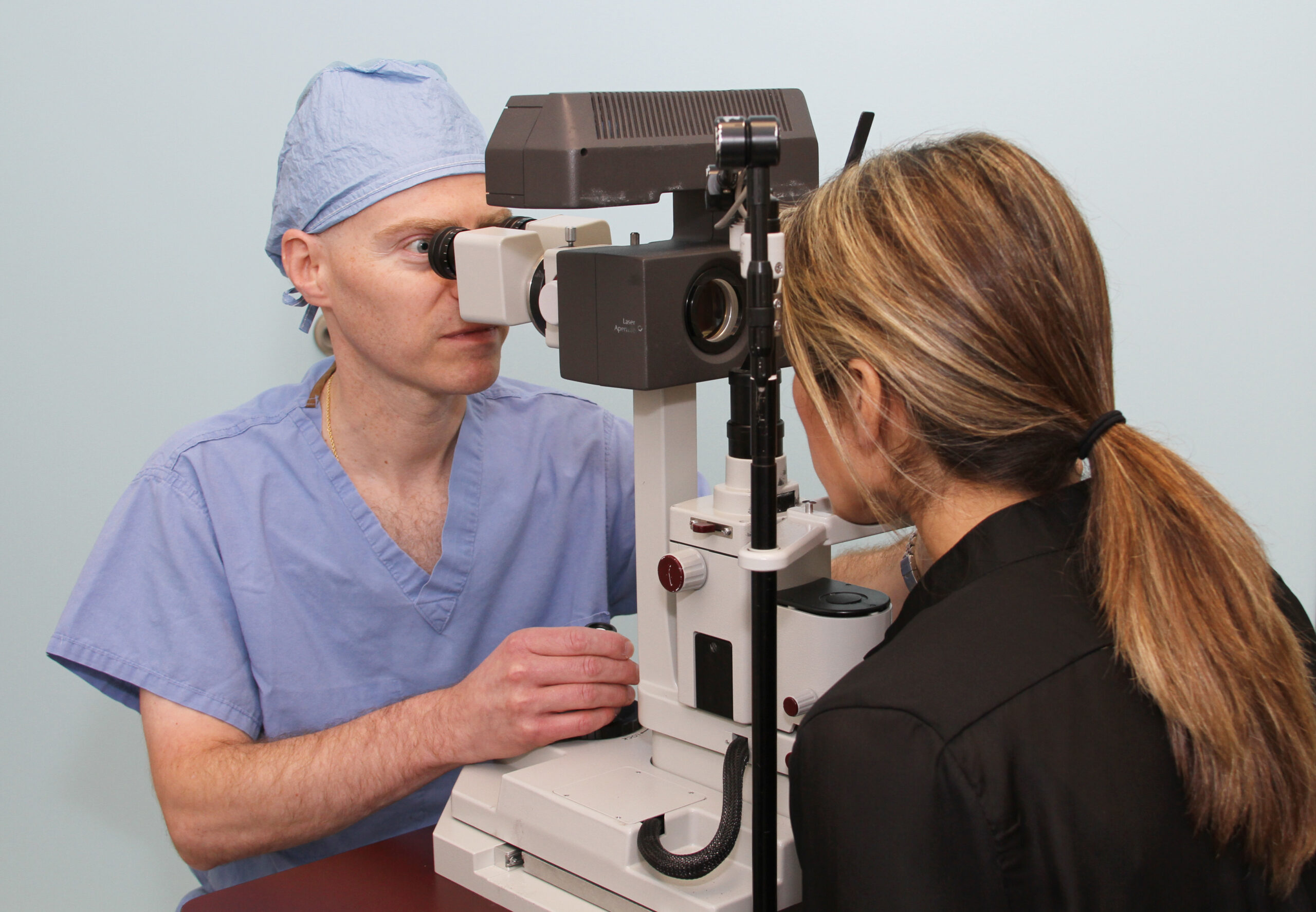Posted by: Georgia Eye Physicians and Surgeons in Latest News
The lens of the eye is a highly sophisticated organ, which constantly shifts and bends in order to focus incoming light onto the light-sensitive cells at the back of the retina. Unfortunately a number of different conditions can cause the lens to become clouded with cataracts, resulting in blurred or darkened vision. In the initial stages, cataracts can be treated with prescription eyeglasses or contacts, but as the condition progresses and the cataracts grow larger, vision can deteriorate to the point where the lens must be surgically replaced with an artificial, intraocular lens (IOL) implant. Just as with eyeglasses or contacts, there are a number of different types of IOLs to choose from.

One of the latest advancements in lens implant technology is the multifocal intraocular lens. These lenses have a variety of regions with different power that allow many to see at both distant and close ranges. These lenses can require a readjustment period, as the brain must learn to select the visual information it needs to form an image of either near or distant objects, but can provide excellent vision without the need for supplementary glasses. Although, in the United States, multifocal lenses have not been approved to specifically correct for astigmatism, they can be paired with corneal relaxing incisions or LASIK/PRK surgery which may relieve those particular symptoms.
Other treatments for astigmatism include Toric intraocular lenses. These lenses are custom designed with more power in one specific region in the lens, and so require extremely precise positioning. Although toric lenses can improve distance vision and astigmatism, the patient still will require corrective lenses for all near tasks, such as reading, writing, and computer use.
Those who want the highest quality, most sophisticated lenses available frequently choose ReStor®premium IOLs. These technologically-advanced lenses are designed with apodized diffractive and refractive technology to allow for patients to have an easier time focusing at close, intermediate and far distances. Many patients, after receiving ReStor® lenses, report that their vision has improved to the point that they no longer need glasses at all. However the sophisticated and intricate design of the ReStor® lens makes it significantly more expensive than other lens types.
If you have questions or are interested in any of the many services offered at Georgia Eye, please contact us today. Be sure to follow Dr. William Segal and Dr. Marc Lay on Facebook, Twitter, and Google+ for more tips for healthy eyes.

